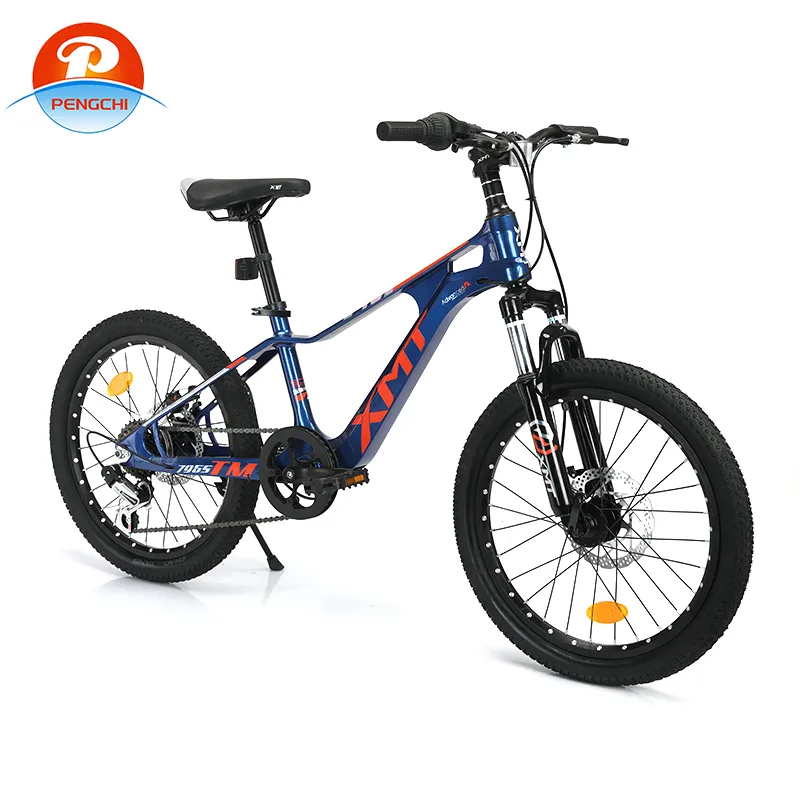
-
 Afrikaans
Afrikaans -
 Arabic
Arabic -
 Belarusian
Belarusian -
 Bengali
Bengali -
 Bulgarian
Bulgarian -
 Croatian
Croatian -
 Czech
Czech -
 Danish
Danish -
 Dutch
Dutch -
 English
English -
 Finnish
Finnish -
 French
French -
 German
German -
 Greek
Greek -
 hawaiian
hawaiian -
 Hebrew
Hebrew -
 Hindi
Hindi -
 Hungarian
Hungarian -
 Indonesian
Indonesian -
 irish
irish -
 Italian
Italian -
 Japanese
Japanese -
 Javanese
Javanese -
 kazakh
kazakh -
 Khmer
Khmer -
 Korean
Korean -
 Kyrgyz
Kyrgyz -
 Lao
Lao -
 Latin
Latin -
 Luxembourgish
Luxembourgish -
 Malay
Malay -
 Myanmar
Myanmar -
 Norwegian
Norwegian -
 Persian
Persian -
 Polish
Polish -
 Portuguese
Portuguese -
 Romanian
Romanian -
 Russian
Russian -
 Serbian
Serbian -
 Slovak
Slovak -
 Somali
Somali -
 Spanish
Spanish -
 Swedish
Swedish -
 Tagalog
Tagalog -
 Thai
Thai -
 Turkish
Turkish -
 Turkmen
Turkmen -
 Ukrainian
Ukrainian -
 Uighur
Uighur -
 Vietnamese
Vietnamese
lis . 02, 2024 06:48 Back to list
bmx bike buying guide
BMX Bike Buying Guide
When it comes to BMX biking, the right bike can make all the difference in your riding experience. Whether you’re a beginner looking to get started or an experienced rider seeking an upgrade, understanding what to look for in a BMX bike is essential. Here’s a comprehensive buying guide to help you make an informed decision.
1. Types of BMX Bikes BMX bikes come in various styles, each designed for specific types of riding. The most common categories are
- Race BMX Bikes These bikes are lightweight and built for speed. They have a geometry that promotes efficient pedaling and quick acceleration. They typically feature larger wheels (20 inches) for enhanced performance on race tracks.
- Freestyle BMX Bikes Designed for tricks and stunts, these bikes are heavier and more robust. They come with reinforced frames and wider handlebars for better control during jumps and flips. Freestyle bikes can be further categorized into street, park, and vert styles.
- Cruiser BMX Bikes These bikes have larger frames and wheels (often 24 inches), making them suitable for comfortable riding on various terrains. They’re designed for casual cruising rather than intense tricks or racing.
bmx bike buying guide

2. Frame Material BMX bike frames are generally made of steel or aluminum. Steel frames offer durability and a classic feel but can be heavier. Aluminum frames are lighter and often provide a more responsive ride, but they can be pricier. Consider your budget and riding style when choosing.
3. Size and Fit Choosing the right size is crucial for comfort and control. BMX bikes come in different frame sizes to accommodate various rider heights. Stand over the top tube of the bike; there should be a comfortable space between you and the bike. If you’re new to BMX, opting for a slightly smaller bike can help you gain confidence.
4. Components Pay attention to the bike’s components, including the wheels, tires, brakes, and gear system if applicable. BMX bikes typically feature single gear setups for simplicity. Look for high-quality, durable components that can withstand the rigors of BMX riding.
5. Price Range BMX bikes can range from budget-friendly models to high-end options. Set a budget before you begin shopping. While it can be tempting to go for the cheapest option, investing a bit more can often yield a better, longer-lasting bike.
6. Test Ride Whenever possible, try out the BMX bike before making a purchase. This will give you a feel for its weight, balance, and overall fit.
By keeping these factors in mind, you’ll be well-equipped to find the perfect BMX bike that suits your riding style and needs. Happy riding!
-
Top Kids Bike with gpt-4-turbo AI for Safe Rides
NewsAug.02,2025
-
Premium Titanium Road Bike: Lightweight & Durable
NewsAug.01,2025
-
Red Black BMX Bike with GPT-4-Turbo AI Tech
NewsJul.31,2025
-
New Red Anti-theft E-Bike | Easy Ride City Commuter
NewsJul.31,2025
-
BMX 20 Inch Bikes for Freestyle & Street | Fat Tire Options Available
NewsJul.30,2025
-
322 High Quality 26 Inch 21 Speed Adult Mountain Bike OEM MTB
NewsJul.29,2025

